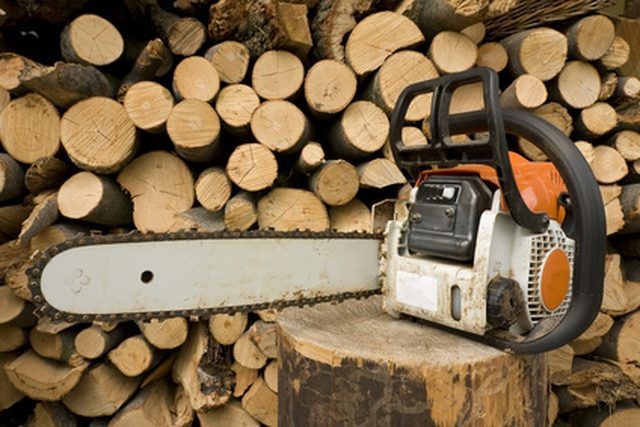Bulbs
Flower Basics
Flower Beds & Specialty Gardens
Flower Garden
Garden Furniture
Garden Gnomes
Garden Seeds
Garden Sheds
Garden Statues
Garden Tools & Supplies
Gardening Basics
Green & Organic
Groundcovers & Vines
Growing Annuals
Growing Basil
Growing Beans
Growing Berries
Growing Blueberries
Growing Cactus
Growing Corn
Growing Cotton
Growing Edibles
Growing Flowers
Growing Garlic
Growing Grapes
Growing Grass
Growing Herbs
Growing Jasmine
Growing Mint
Growing Mushrooms
Orchids
Growing Peanuts
Growing Perennials
Growing Plants
Growing Rosemary
Growing Roses
Growing Strawberries
Growing Sunflowers
Growing Thyme
Growing Tomatoes
Growing Tulips
Growing Vegetables
Herb Basics
Herb Garden
Indoor Growing
Landscaping Basics
Landscaping Patios
Landscaping Plants
Landscaping Shrubs
Landscaping Trees
Landscaping Walks & Pathways
Lawn Basics
Lawn Maintenance
Lawn Mowers
Lawn Ornaments
Lawn Planting
Lawn Tools
Outdoor Growing
Overall Landscape Planning
Pests, Weeds & Problems
Plant Basics
Rock Garden
Rose Garden
Shrubs
Soil
Specialty Gardens
Trees
Vegetable Garden
Yard Maintenance
How to Troubleshoot a Chainsaw Brake
How to Troubleshoot a Chainsaw Brake. The chainsaw's chain brake, when engaged, automatically stops the clutch from rotating. This safety feature should be present on every chainsaw according to OSHA regulations. The brake is activated by a highly tensioned spring under a cover plate. For safety reasons, eye protection should always be worn during...

The chainsaw's chain brake, when engaged, automatically stops the clutch from rotating. This safety feature should be present on every chainsaw according to OSHA regulations. The brake is activated by a highly tensioned spring under a cover plate. For safety reasons, eye protection should always be worn during the spring removal. Whether your chain brake won't engage or you can't free a locked spring, you will need to remove a number of parts, which can be difficult to reassemble.
Things You'll Need
Screwdriver
Wrench
Socket wrench
Piston stop tool
Clutch removal tool
Allen wrench
Safety glasses
Disengage the chain brake (if you can) and loosen the bar tensioner screw to release chain tension. Remove the bar cover's bolts with the wrench. Reengage the chain brake by pushing the black handle forward.
Unscrew the half-wrap or full-wrap handle's retaining screws. Remove the handle from the engine.
Slide the rubber wire off the spark plug. Remove the spark plug from the engine. Insert the piston stop tool into the empty spark plug hole. Remove the starter cover and turn the flywheel by hand until the piston contacts the stop tool.
Remove the clutch drum and drive sprocket with the clutch removal tool. Remove the oiler's cover plate mounting screw. Pull off the oiler cover. Remove the four screws holding the cover over the oil pump with the Allen wrench.
Press the flat-bladed tip of the screwdriver underneath the back end of the spring. Carefully release the spring's tension from its hook. Disconnect the spring from the lever. Do not attempt this step without wearing protective eyeware.
Ease the brake band off its seat on the crankcase, which is usually located behind the clutch. Disconnect it from the lever as well.
Remove the E-clip from the pivot pin. Pull off the lever and hand guard from the pivot pin. Unlatch the spring from its second hook and remove it and the lever.
Check all of the parts for damage. Clean them with an engine cleaning solution. Replace any worn-out or damaged parts.
Reassemble the brake in reverse order. Use new E-clips and make sure the lever is installed correctly before starting the chainsaw. Ensure the brake works at full speed before cutting with the chainsaw.
Tips & Warnings
The spring is under high tension and can cause serious injury if removed improperly. Take the chainsaw to a qualified professional to have it serviced if you feel this job is beyond your repair skills.